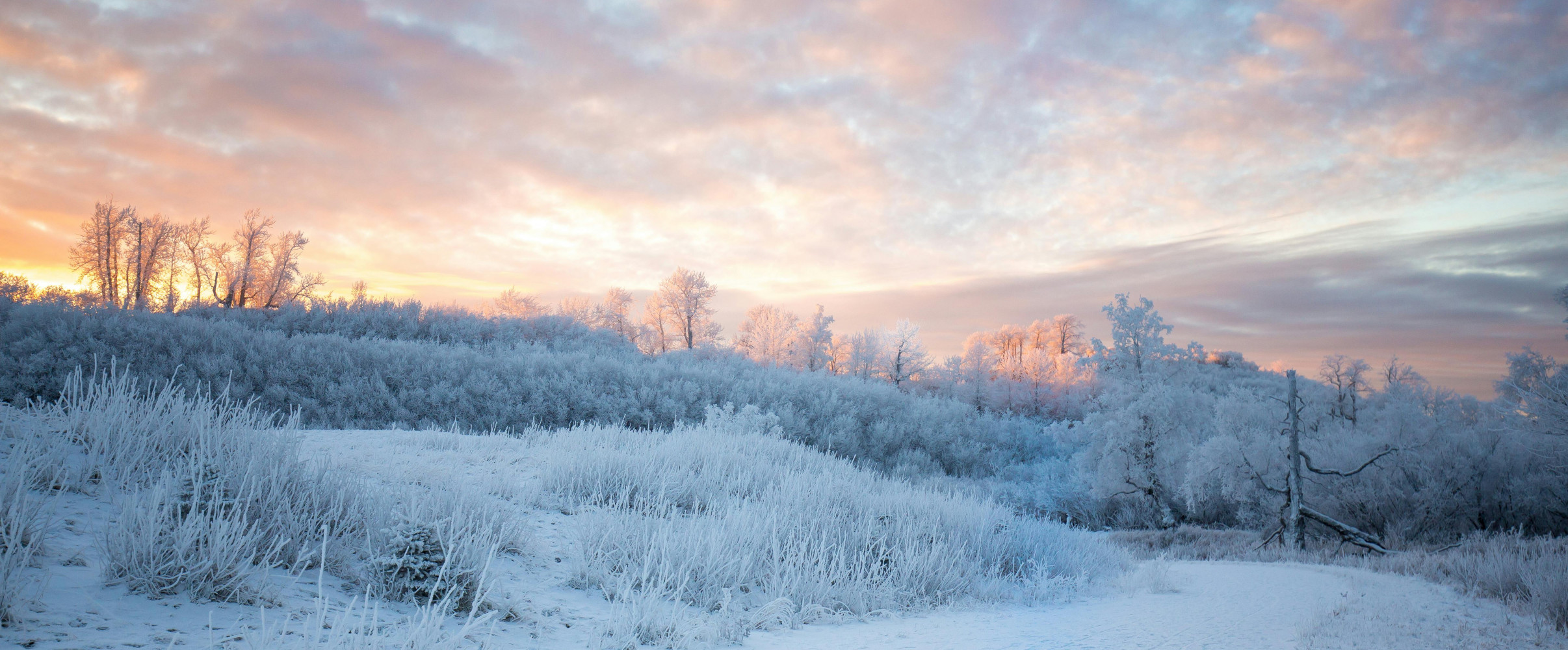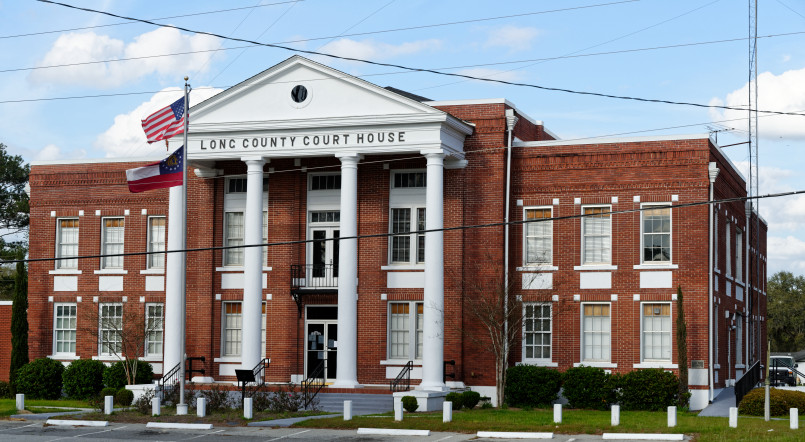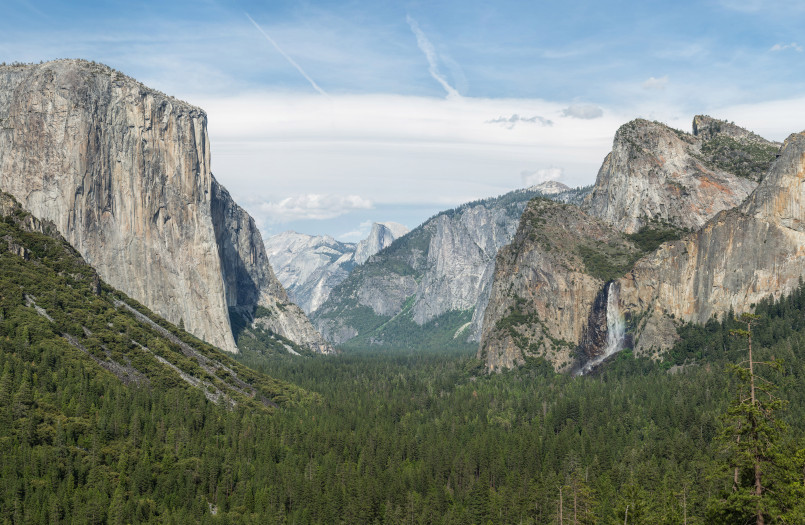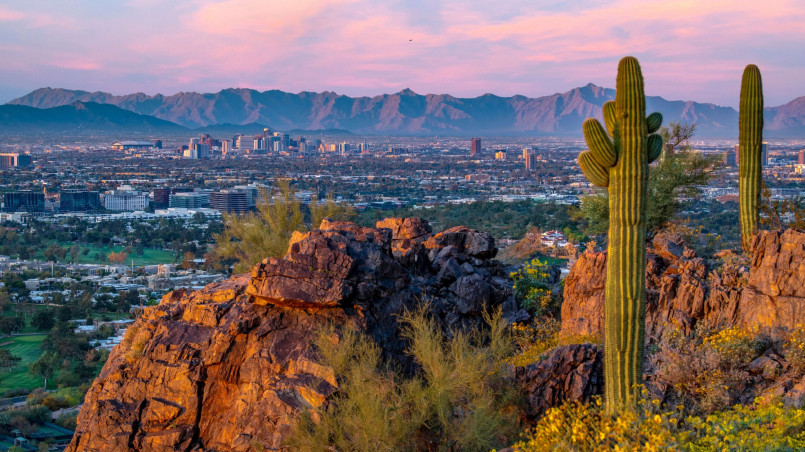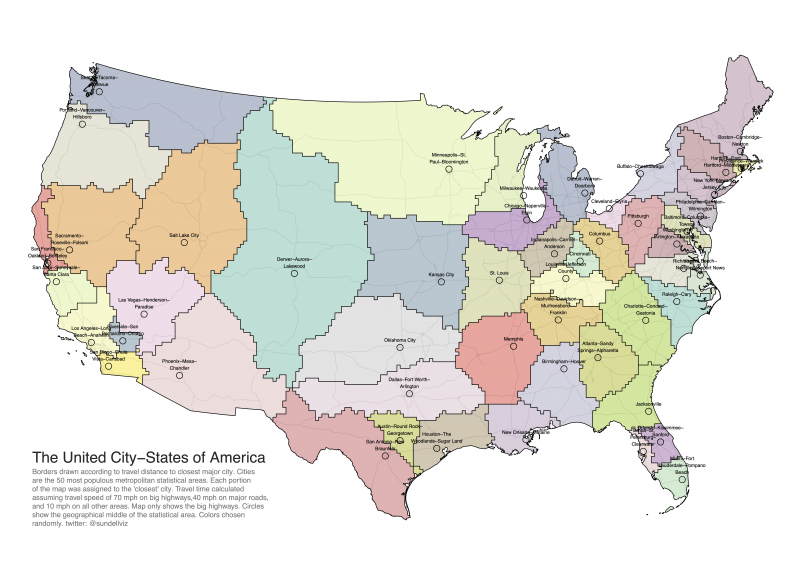When winter arrives in America, not all states experience it equally. From Alaska's frigid -80°F temperatures to Minnesota's months-long deep freezes, these states represent the most extreme cold weather destinations in the country, where residents have adapted to life in some of Earth's most challenging winter environments.
When temperatures plummet across the United States, not all states experience winter's grip equally. While southern states might shiver through occasional cold snaps, the nation's northernmost regions face truly bone-chilling conditions that transform landscapes into frozen wonderlands for months at a time.
From Alaska's remote villages where temperatures can drop below -80°F to the Upper Midwest's infamous polar vortex events, America's coldest states have developed unique cultures and infrastructure adapted to extreme winter conditions. These states don't just experience cold-they define what cold truly means in America.
Ranking the Coldest States in America
Based on average winter temperatures, record lows, and the duration of extreme cold periods, here are America's ten coldest states:
- Alaska
- North Dakota
- Minnesota
- Maine
- Wyoming
- Montana
- Vermont
- Michigan
- Wisconsin
- New Hampshire
While rankings can vary slightly depending on the specific metrics used, these states consistently appear as America's coldest regions based on historical temperature data and climate patterns.
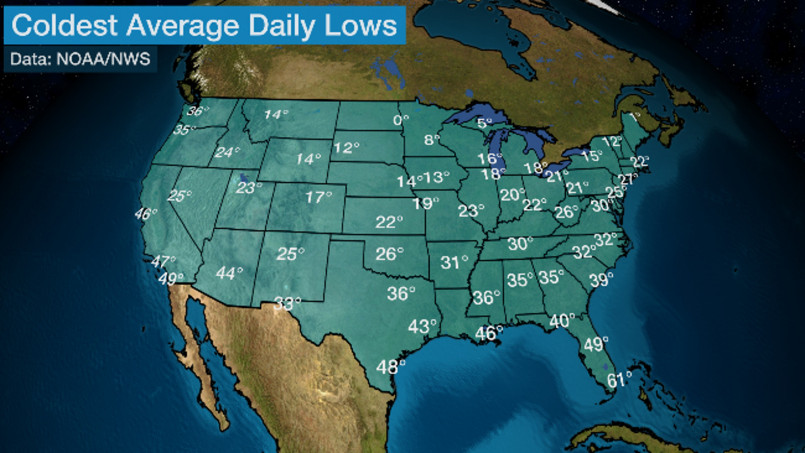
Alaska: America's Undisputed Cold Champion
Alaska stands alone as America's coldest state, with winter temperatures that routinely plunge far below what most Americans would consider livable. The state's interior regions, particularly around Fairbanks, regularly experience weeks where temperatures never rise above -20°F.
The state holds the record for the lowest temperature ever recorded in the U.S.: -80°F at Prospect Creek in 1971. What makes Alaska's cold especially challenging is not just its intensity but its duration-many areas experience winter conditions for up to seven months of the year.
In remote Alaskan villages, residents have preserved indigenous cold-weather survival techniques alongside modern technology. Transportation often relies on snowmobiles and bush planes when roads become impassable during the deepest winter months.
North Dakota: The Frozen Plains
North Dakota's position in the Northern Plains exposes it to some of the most extreme temperature swings in America. The state's flat topography offers little protection from Arctic air masses that sweep down from Canada, bringing dangerously low temperatures.
The city of Bismarck regularly experiences winter days where high temperatures remain below zero, while nighttime lows of -30°F are not uncommon during January and February. North Dakota's combination of extreme cold and powerful winds creates life-threatening wind chill conditions that can reach -60°F during the worst winter storms.
Despite these harsh conditions, North Dakota's agricultural economy continues year-round, with specialized equipment and techniques developed for cold-weather farming and ranching.
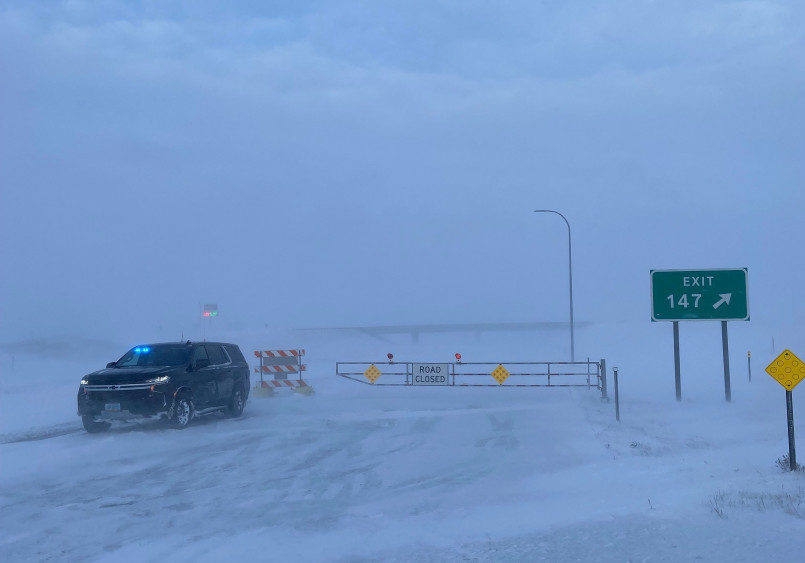
Minnesota: Land of 10,000 Frozen Lakes
Minnesota embraces its reputation for extreme cold with a certain pride. The state's northern location and continental climate create long, severe winters where temperatures frequently drop below -30°F in the northern regions.
International Falls, nicknamed the "Icebox of the Nation," regularly competes for the coldest temperatures in the contiguous United States. Minnesota's cold season typically lasts from November through March, with January averaging daily high temperatures below freezing across the entire state.
Minnesotans have developed a distinctive winter culture, with activities like ice fishing, hockey, and winter festivals being central to the state's identity rather than merely ways to endure the cold months.
Maine: The Frigid Northeast
As New England's northernmost state, Maine experiences harsh winters characterized by heavy snowfall and sustained cold. The state's northern regions, particularly Aroostook County, regularly see winter temperatures comparable to those in parts of Alaska.
Maine's position on the Atlantic coast adds another dimension to its winter weather-powerful nor'easter storms that can dump several feet of snow while bringing strong winds and coastal flooding. Interior parts of Maine often remain below freezing for weeks at a time during mid-winter.
The state's rural nature means many residents must be self-sufficient during winter emergencies, with backup heating systems and food supplies being essential preparation for the coldest months.
Wyoming: High Elevation Cold
Wyoming combines northern latitude with high elevation to create exceptionally cold winters. The state's average elevation exceeds 6,700 feet-the highest of any state-meaning even moderate cold fronts can produce extreme conditions.
The town of Laramie regularly experiences winter temperature inversions where cold air gets trapped in valleys, creating periods where temperatures can remain below zero for days. Wyoming's position in the Rockies also means it experiences some of America's most dramatic temperature swings, with 40-degree changes possible within hours.
The combination of extreme cold, high winds, and snow makes Wyoming's interstate highways particularly dangerous during winter months, with frequent closures along I-80 and I-25.
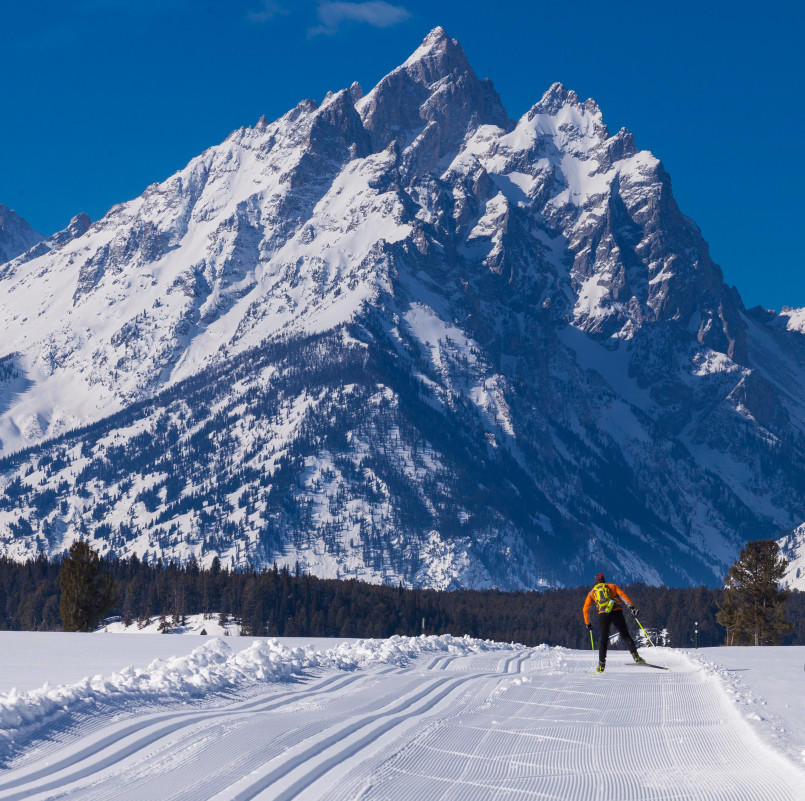
Montana: Big Sky, Big Chill
Montana's vast size and varying topography create diverse winter conditions, but most of the state experiences exceptionally cold winters. Eastern Montana's plains lie exposed to Arctic air masses, while western mountain valleys can experience temperature inversions that trap cold air.
The town of Rogers Pass holds the record for the coldest temperature recorded in the continental U.S. outside of Alaska: -70°F in January 1954. Montana's winter cold is often accompanied by significant snowfall in the mountains, with some areas receiving over 300 inches annually.
Montanans have developed a reputation for resilience in the face of extreme conditions, with rural residents sometimes preparing for potential isolation during major winter storms.
Vermont: New England Freeze
Vermont's combination of northern latitude and mountainous terrain creates consistently cold winters. The state's famous ski resorts benefit from temperatures that keep snow conditions optimal from December through March.
The Northeast Kingdom region in Vermont's northeast corner regularly records some of New England's coldest temperatures, with readings below -30°F occurring nearly every winter. Vermont's cold season typically begins in November and can last well into April in higher elevations.
Despite-or perhaps because of-these harsh conditions, Vermont has developed a thriving winter tourism economy centered around snow sports and scenic winter landscapes.
Michigan: Great Lakes Effect Cold
Michigan's position surrounded by the Great Lakes creates unique winter conditions. While lake effects can moderate temperatures compared to inland states at similar latitudes, they also produce some of America's heaviest snowfalls.
The Upper Peninsula regularly experiences extended periods below 0°F, with some communities receiving over 200 inches of snow annually. The combination of cold and snow makes Michigan's winters among America's most challenging, particularly in northern regions.
Cities like Marquette have developed specialized infrastructure for snow removal and winter transportation to function through months of extreme conditions.
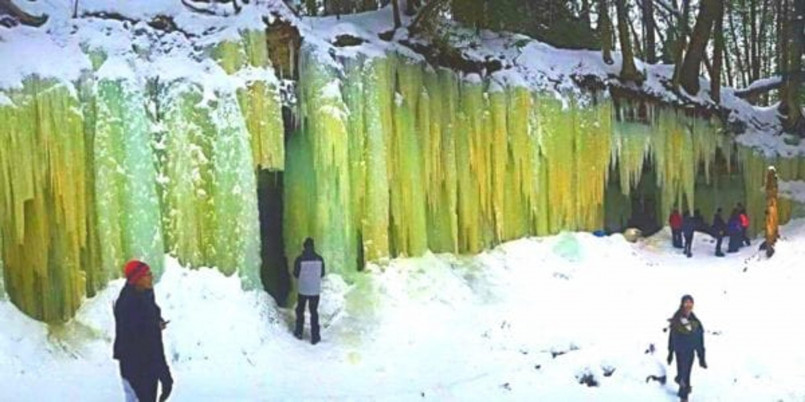
Wisconsin: Bitter Midwest Winters
Wisconsin's location in the Upper Midwest exposes it to frequent Arctic air outbreaks. Northern Wisconsin regularly experiences extended periods where temperatures remain below zero, while even the more moderate southern regions see several weeks of sub-freezing temperatures each winter.
The city of Eau Claire averages 54 days annually where temperatures drop below 0°F. Wisconsin's cold is often accompanied by significant snowfall, with lake effect snows along Lake Superior sometimes exceeding 100 inches annually.
Wisconsin's strong dairy industry has developed specialized approaches to maintaining production through extreme cold, with barns designed to protect livestock from the worst winter conditions.
New Hampshire: White Mountain Cold
New Hampshire's combination of northern location and mountainous terrain creates severe winter conditions, particularly in the White Mountains region. Mount Washington, famous for its extreme weather, regularly records some of the coldest temperatures and highest winds in the country.
The state's interior valleys can experience dramatic temperature inversions, with readings sometimes dropping below -40°F during the coldest winter nights. New Hampshire's winter season typically extends from November through April, with significant snowfall throughout this period.
The state maintains an extensive network of winter recreation facilities, capitalizing on reliable cold and snow to support a significant winter tourism economy.
Living in Extreme Cold: How Residents Adapt
Residents of America's coldest states have developed distinctive approaches to winter life:
Home Design: Houses are built with extreme insulation, specialized heating systems, and features like arctic entries (double-door systems that minimize heat loss). Many homes maintain backup heating systems in case primary sources fail during extreme cold.
Transportation: Vehicle adaptations include engine block heaters, specialized winter tires, and emergency survival kits. Public infrastructure includes extensive snow removal capabilities and road treatment systems that function in sub-zero temperatures.
Cultural Adaptation: Rather than hibernating, many communities embrace winter through festivals, outdoor recreation, and specialized winter sports. Schools rarely close for cold alone, instead operating with detailed protocols for safe outdoor exposure times based on temperature and wind chill.
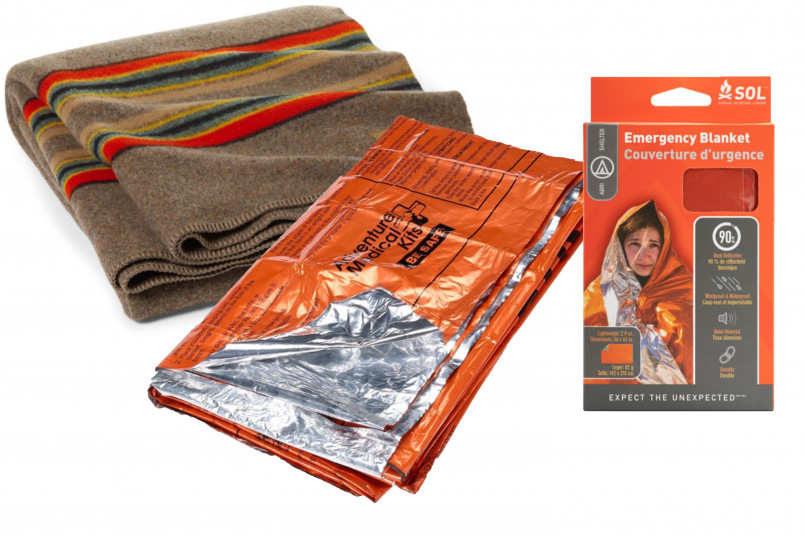
Climate Change Impact on America's Coldest Regions
While still experiencing extreme cold, America's coldest states are seeing some of the most dramatic effects of climate change:
Warming Rates: Alaska and other northern states are warming at rates more than twice the global average, with winter temperatures showing the most significant increases.
Changing Precipitation: Many cold-weather states are experiencing shifts from snow to winter rain events, creating new challenges for infrastructure designed around frozen precipitation.
Seasonal Shifts: Winter's onset is arriving later and spring earlier, shortening the cold season while sometimes increasing temperature volatility.
Despite these changes, extreme cold events continue to occur, sometimes with increased intensity due to disruptions in Arctic weather patterns-creating new challenges for communities accustomed to predictable cold rather than volatile temperature swings.
Frequently Asked Questions About 10 Coldest States in America: Where Winter Hits Hardest
What is the coldest state in America?
Alaska is indisputably America's coldest state, with an average annual temperature of 26.6°F and winter temperatures regularly dropping below -50°F in interior regions. Alaska holds the U.S. record for coldest temperature ever recorded: -80°F at Prospect Creek in 1971.
How cold does it get in Minnesota?
Minnesota regularly experiences extreme cold, with temperatures dropping below -30°F in northern regions during winter. The state's coldest official temperature was -60°F, recorded in Tower on February 2, 1996. International Falls, known as the 'Icebox of the Nation,' averages 109 days per year with temperatures below 0°F.
What makes North Dakota so cold?
North Dakota's extreme cold results from its northern latitude, flat topography, and continental location. With no mountain ranges or large bodies of water to moderate temperatures, the state is fully exposed to Arctic air masses flowing down from Canada. Its position in the Northern Plains creates some of America's most extreme temperature swings and dangerous wind chill conditions.
How do people in the coldest states heat their homes?
Residents of America's coldest states typically use multiple heating systems for redundancy. Primary heating often comes from natural gas, propane, or fuel oil furnaces designed for extreme conditions. Many homes maintain secondary systems like wood stoves, pellet stoves, or backup generators. Houses are constructed with extensive insulation, vapor barriers, and specialized windows to minimize heat loss.
Are the coldest states becoming warmer due to climate change?
Yes, America's coldest states are experiencing some of the most dramatic warming trends in the country. Alaska has warmed more than twice as fast as the global average, with winter temperatures showing the greatest increases. While extreme cold events still occur, the frequency of severe cold has decreased in many northern states, though winter weather has become less predictable and sometimes more volatile.
What specialized vehicle features are needed in the coldest states?
Vehicles in America's coldest states typically feature engine block heaters, battery warmers, and oil pan heaters that plug into electrical outlets when parked. Remote starters allow engines to warm up before driving. Many residents maintain survival kits with blankets, food, candles, and extra clothing in case of breakdowns. Specialized winter tires designed for extreme cold are standard, as regular all-season tires become dangerously hard below 0°F.
Do schools close in these states when it gets extremely cold?
Schools in America's coldest states rarely close for cold temperatures alone, as this would result in too many closures. Instead, they operate with specific outdoor exposure guidelines based on temperature and wind chill. Many districts have policies that move recess indoors when temperatures drop below certain thresholds (typically around 0°F with wind chill). Most schools close only when road conditions make transportation unsafe, not simply because of cold.
What is the 'polar vortex' that affects these cold states?
The polar vortex is a large area of low pressure and cold air surrounding the Earth's poles. When this vortex weakens or shifts, it allows extremely cold Arctic air to move south into the United States, creating periods of dangerous cold, particularly in the Upper Midwest and Northeast. These polar vortex events can cause temperatures to drop 20-40 degrees below normal seasonal averages for days at a time.
